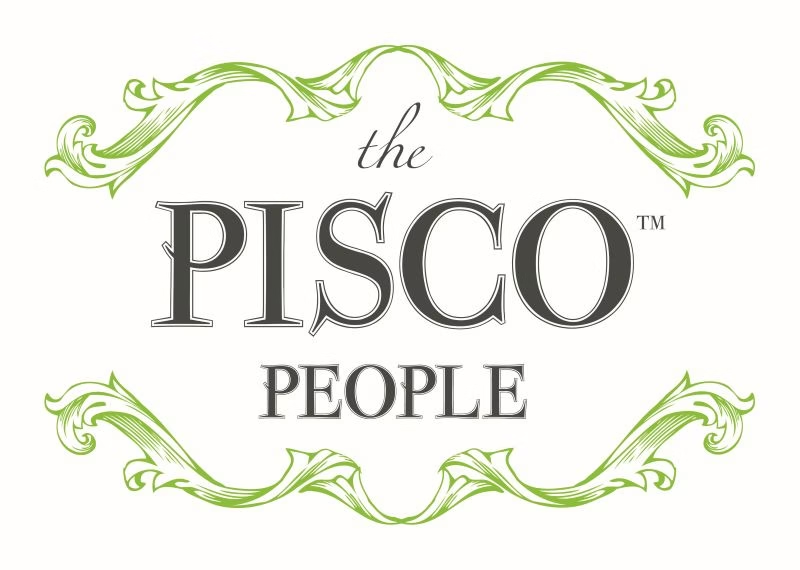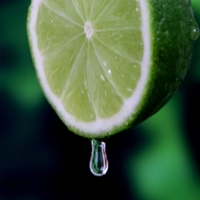Bartenders in Australia have differing opinions as to whether to use lemon or lime juice for your pisco sour. The Pisco Sour has always been made with Peruvian limes – a fruit that in Peru and Chile is known as a “limón”. Although the Spanish word limón translates into English as a lemon, the flavour profile of the Peruvian limón is completely different to our Australian lemons.
The Peruvian limón (Citrus Aurantifolia limón originally native to Southeast Asia), was introduced to Spain from the Middle East and North Africa during the Moorish times. From Spain, it was then introduced to South America with the Spanish Conquistadors. Like the pisco grapes brought by the Spanish to New World, these limes developed different characteristics as they adapted to the terroir of the new land.
The Pisco People chatted to Johnny Schuler, the world leading expert on Peruvian pisco, about the best alternative for Australians. Whilst it is not exactly the same, Johnny recommends Key lime (a hybrid of Citrus Aurantifolia) as having the closest flavour profile to the Peruvian limón. Key limes are smaller, seedier, with a thinner rind than their cousin the Persian lime (Citrus x latifolia). When compared with Persian limes the Key lime has higher acidity, stronger aroma and tarter flavour.
Because the Peruvian limón is often described as a cross between a lemon and lime in flavour, you will see some pisco sour recipes suggesting a blend of lemon and lime juice. The Pisco People do not recommend a blend for making pisco sour, or for any drink that originates from Latin America. Firstly, most Australians have not burned the exact flavour of the Peruvian limón into their memory bank to create the right blend. Secondly, as the sweetness to acid balance of our lemons are influenced by our different seasons, you need to vary the amount of lemon juice depending on the season. It is very easy to get the completely wrong flavour.
Do yourself a favour and make sure you track down Key limes to make pisco sour in Australia. Make sure you choose Key limes that are firm with a glossy sheen and uniform green colour. Cut your limes in half and squeeze with a lime squeezer. Don’t over squeeze the limes as pressing too hard releases a bitter note from the rind. Aim for one squeeze for each lime half and try to get about 80% of the juice.
Acknowledgement: Thank you to Johnny Schuler, master distiller for Pisco Portón and Doña Juanita from Tres Generationes in Peru for their expert advice about the best limes to use outside of Peru.





